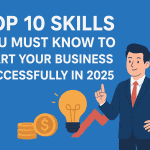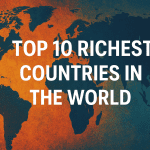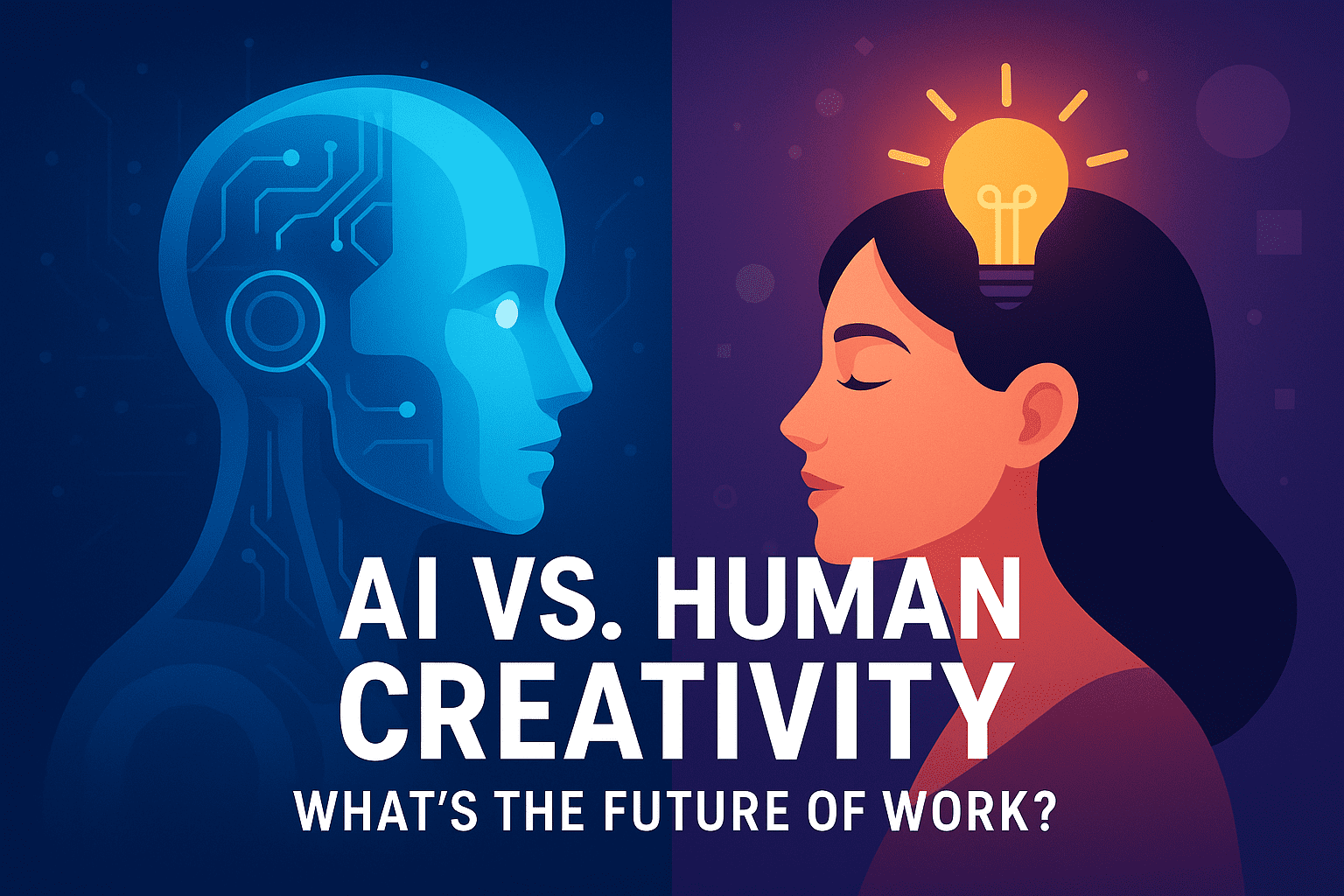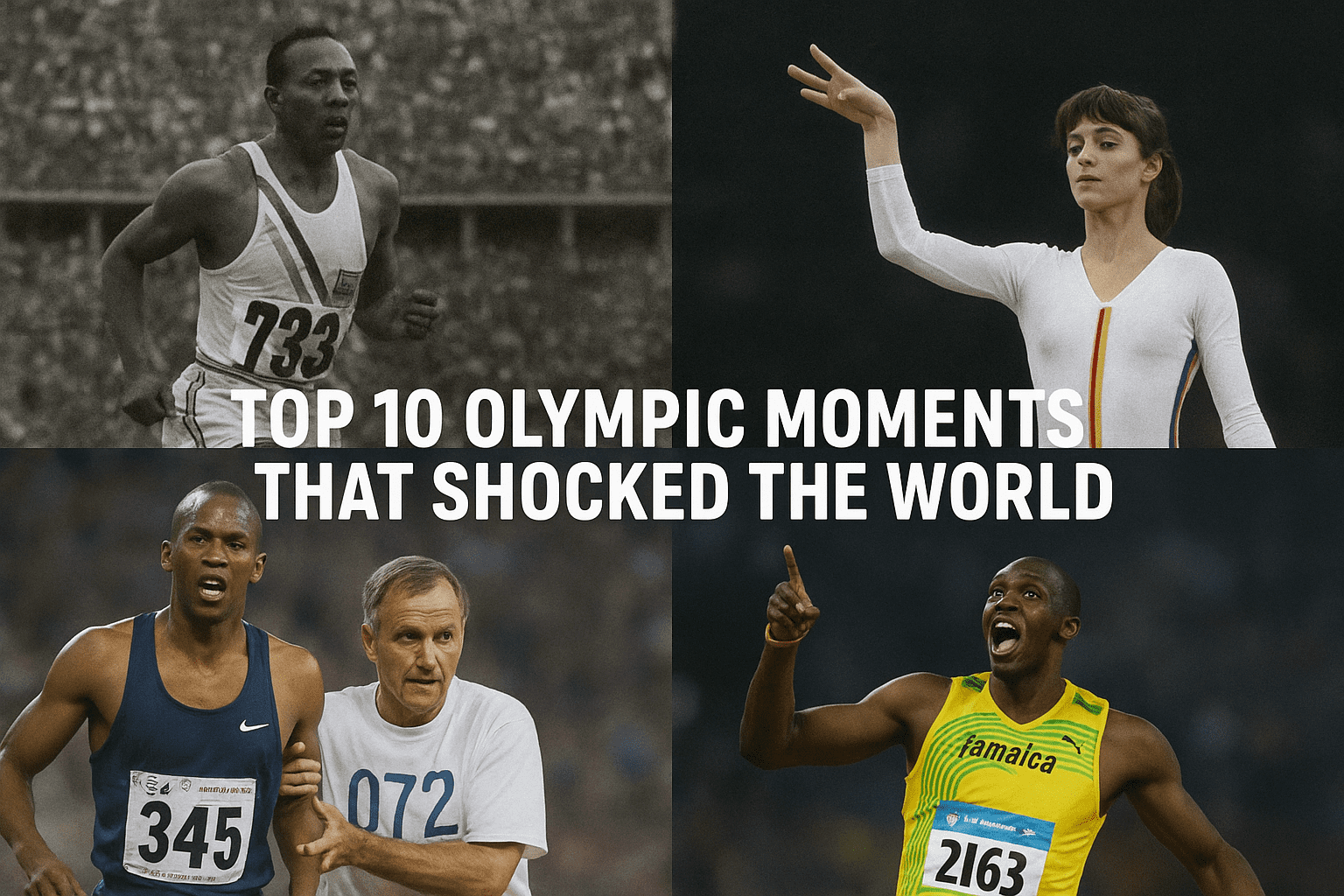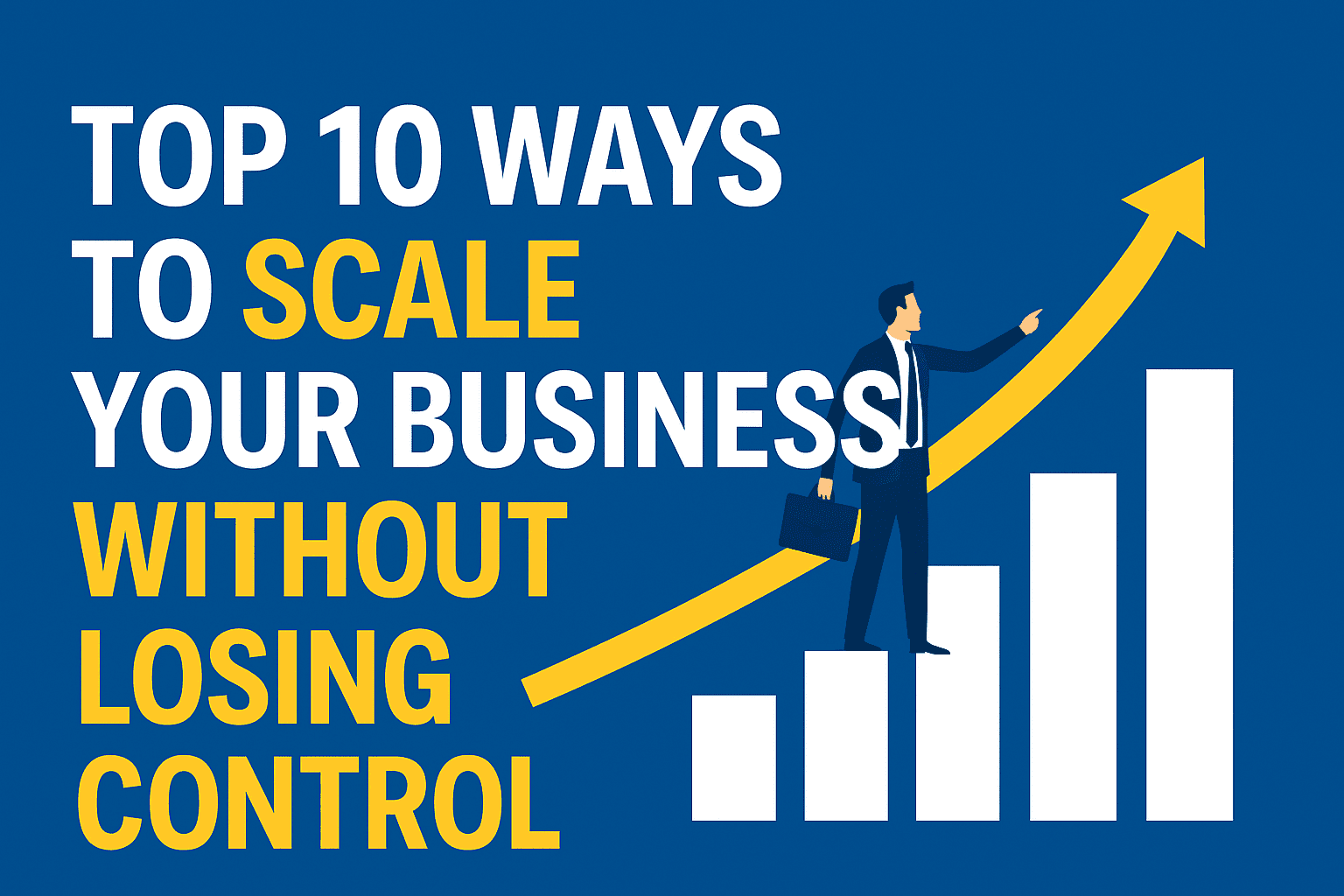Artificial Intelligence (AI) has become an inseparable part of modern work. From designing logos to writing code, AI is transforming the creative process in every industry. But one big question remains: Can AI truly replace human creativity, or is it just amplifying it?
As we step deeper into 2025, the debate between AI and human creativity continues to shape the way we work, think, and create. Machines are getting smarter, but humans are becoming more adaptable — and together, they’re redefining the meaning of creativity.
Here are the top 10 ways AI and human creativity are influencing the future of work — and why collaboration, not competition, will define success.
1. AI Enhances, Not Replaces, Human Creativity
AI can process vast amounts of data and generate thousands of ideas in seconds, but it still lacks emotion, intuition, and context. Tools like ChatGPT, DALL·E, or Runway ML can help create content faster, but they depend on human imagination to guide them.
A designer might use AI to generate 20 concept drafts, but it’s the human who chooses the most meaningful one. Similarly, a marketer might use AI to brainstorm headlines, yet human insight decides which resonates best with the audience.
👉 The future belongs to those who know how to work with AI, not against it.
2. Data + Imagination = Power
AI thrives on data, but data alone doesn’t inspire people — stories do. Humans add emotional value to the data AI provides.
For instance, AI can analyze which songs top the charts, but only a human can compose lyrics that touch the heart. In marketing, AI can show that “sustainability” is trending, but it’s the human storyteller who turns that insight into a message that moves people.
By combining AI’s precision with human imagination, we unlock creativity that’s both intelligent and impactful.
3. Creativity Is Becoming a High-Value Skill
As AI takes over repetitive and analytical tasks, creative thinking is becoming the most valuable skill of the future. Companies are now hiring employees who can innovate, experiment, and bring fresh perspectives.
In 2025, creativity isn’t just about painting or writing — it’s about problem-solving, adaptability, and emotional intelligence. Whether you’re in business, education, or tech, your ability to think creatively will set you apart from AI systems that follow patterns, not passion.
💡 Fact: According to LinkedIn’s “Future Skills” report, creativity remains one of the top 3 most in-demand soft skills worldwide.
4. AI Helps Eliminate Creative Blocks
We’ve all faced that frustrating creative slump — staring at a blank page, waiting for inspiration to strike. That’s where AI comes in as a creativity booster.
Writers use ChatGPT for brainstorming, designers use Canva Magic Studio, and musicians use Soundful to generate background melodies. These tools don’t replace originality; they jumpstart it.
AI helps you move from “no idea” to “great idea faster.” Yet the final touch — the message, tone, and emotional depth — still comes from the human mind.
5. The Rise of Co-Creation Workflows
The future of work is all about co-creation, where humans and AI collaborate seamlessly. Instead of AI being a replacement, it becomes a creative partner.
For example:
- Filmmakers use AI to plan storyboards or edit footage.
- Copywriters use AI to analyze tone and readability.
- Developers use AI to test designs before they go live.
This partnership speeds up the creative cycle, reduces human error, and frees people to focus on the imaginative parts of work that machines can’t replicate.
👉 Think of AI as your digital teammate, not your competition.
6. Emotion and Empathy Remain Human Strengths
AI can simulate empathy through tone or word choice, but it doesn’t feel emotions. Humans understand joy, pain, humor, and inspiration on a deep level.
In fields like marketing, education, counseling, and entertainment, emotion is what makes creativity powerful.
For instance, an AI can write a love song — but it can’t fall in love. It can mimic heartbreak, but it can’t feel it. That emotional authenticity is why human creativity remains irreplaceable.
Even as AI grows more advanced, empathy will always be humanity’s superpower.
7. Ethical Creativity Is a Human Responsibility
AI has no sense of ethics — it doesn’t know what’s right, fair, or respectful. Humans must ensure that creativity stays responsible and transparent.
We’ve already seen AI-generated art raise questions about copyright and originality. The same applies to fake news, deepfakes, and biased data. The future of creative industries will depend on ethical leadership — humans setting the moral and creative boundaries for AI systems.
Responsible innovation will separate the companies that succeed from those that lose public trust.
8. Personalized Creativity Through AI Insights
AI can analyze audience behavior, preferences, and emotions — turning raw data into creative inspiration.
For example, YouTubers use AI analytics to identify which video formats perform best, while writers use AI to test titles and measure engagement. Businesses use AI to personalize ad content based on each customer’s interests.
However, while AI handles the “what” and “when”, only humans can decide the “why” and “how.” That’s why personalization works best when data meets empathy — not just automation.
9. Education and Upskilling Redefine Creativity
In the coming years, creative success will depend on how well people adapt to new tools. Schools, universities, and companies are already investing in AI literacy — teaching workers to use AI without losing their creative identity.
Learning how to craft better prompts, analyze AI outputs, and merge technology with intuition will be the next big skill.
The professionals who keep learning, experimenting, and evolving will stay ahead of the curve.
🧠 Pro Tip: Treat AI as a “creative apprentice” that supports your process, not as the artist itself.
10. The Human Touch Still Wins
Despite all the progress AI has made, one thing is clear — the human touch remains unbeatable.
AI can write, paint, compose, or edit. But it lacks consciousness, curiosity, and lived experience — the very things that make art and ideas feel alive.
When a human shares a story, we connect to it because it’s real. When a person paints, their emotions guide every brushstroke. That level of authenticity can’t be coded.
As we move forward, the most powerful creations will come from the fusion of machine intelligence and human soul — a perfect balance between logic and emotion.
AI is changing the creative landscape faster than ever before. Yet it’s not here to erase human talent — it’s here to expand it.
The future of work will be built on co-creation, where humans lead with imagination and AI supports with efficiency.
By learning how to use AI responsibly and creatively, we can enter an era where ideas flourish faster, collaboration deepens, and creativity becomes truly limitless.
So, instead of asking, “Will AI replace creativity?” — ask, “How can AI help me create better?”
That’s where the real future begins.


